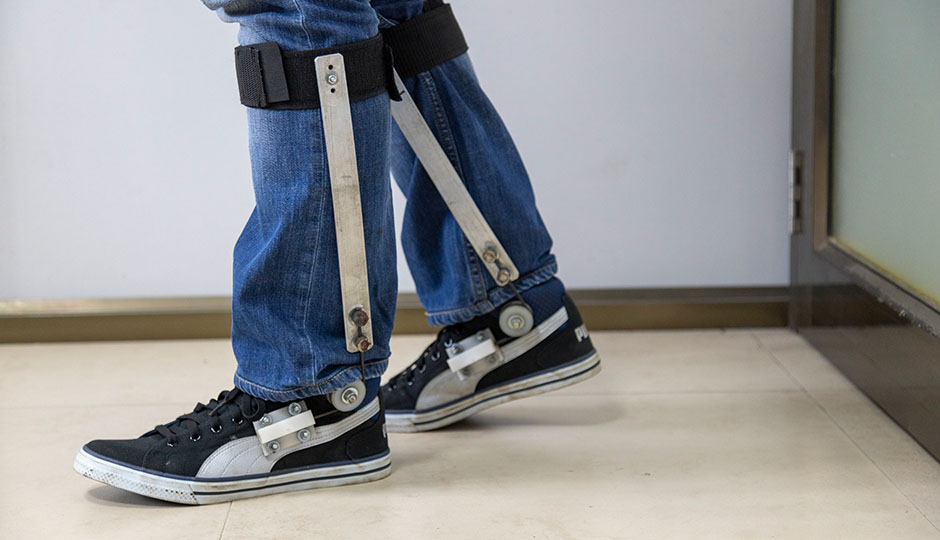 The number of older persons worldwide is expected to more than double, from 962 million people in 2017 to more than 2 billion in 2050, with the elderly (60+) group expected to grow faster than any other age group. The elderly population in India itself is predicted to rise from 8 per cent presently to 20 per cent by 2050, with India’s older population projected to exceed 227 million in 2050. Nearly 45 per cent of India’s disease burden is projected to be borne by older adults in 2030. Access to geriatric rehabilitation services is further limited for the vast majority of this group. Given, that movement-related disability is one of the largest factors affecting the health and quality of life of the elderly, a low-cost, accessible, easy-to-maintain assistive device that improves mobility is of essence. A simple passive assistive device for enhancing mobility in this population is a huge opportunity and will be so in the coming years as well. The project team proposes to develop a proof-of-concept device with a lower level of complexity than the existing devices. The device will be designed such that the pre-stress in the spring(s) can be easily adjusted, so that a near optimal assistance is given to the person depending on his/her anthropometric and gait characteristics.
The number of older persons worldwide is expected to more than double, from 962 million people in 2017 to more than 2 billion in 2050, with the elderly (60+) group expected to grow faster than any other age group. The elderly population in India itself is predicted to rise from 8 per cent presently to 20 per cent by 2050, with India’s older population projected to exceed 227 million in 2050. Nearly 45 per cent of India’s disease burden is projected to be borne by older adults in 2030. Access to geriatric rehabilitation services is further limited for the vast majority of this group. Given, that movement-related disability is one of the largest factors affecting the health and quality of life of the elderly, a low-cost, accessible, easy-to-maintain assistive device that improves mobility is of essence. A simple passive assistive device for enhancing mobility in this population is a huge opportunity and will be so in the coming years as well. The project team proposes to develop a proof-of-concept device with a lower level of complexity than the existing devices. The device will be designed such that the pre-stress in the spring(s) can be easily adjusted, so that a near optimal assistance is given to the person depending on his/her anthropometric and gait characteristics.



